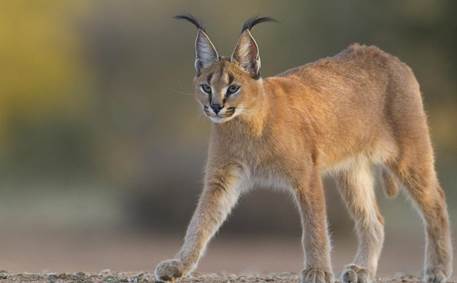Free Courses Sale ends Soon, Get It Now


Free Courses Sale ends Soon, Get It Now



Copyright infringement not intended
Context: The cheetah is returning to India today after seven decades. But the caracal, which was used by India’s nobility in the sport of coursing like the cheetah, is struggling to survive, although both species had a similar distribution in the past. A team of researchers have now mapped out the most suitable areas for the species to survive in India.
Details:
© 2024 iasgyan. All right reserved